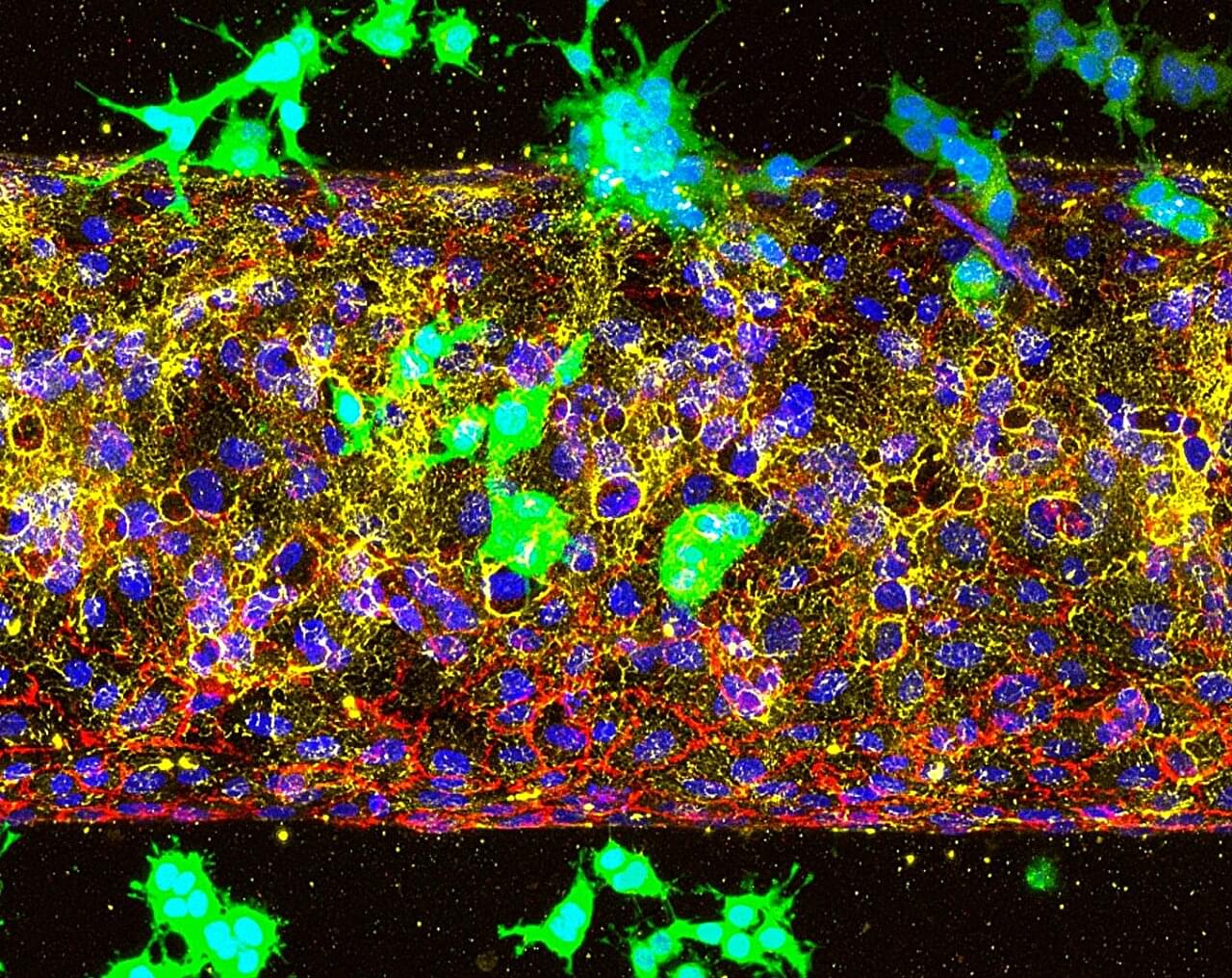A Cornell-led study has revealed how a deadly form of pancreatic cancer enters the bloodstream, solving a long-standing mystery of how the disease spreads and identifying a promising target for therapy.
Pancreatic ductal adenocarcinoma is among the most lethal cancers, with fewer than 10% of patients surviving five years after diagnosis. Its microenvironment is a dense, fibrotic tissue that acts like armor around the tumor. This barrier makes drug delivery difficult and should, in theory, prevent the tumor from spreading. Yet the cancer metastasizes with striking efficiency—a paradox that has puzzled scientists.
New research published in the journal Molecular Cancer reveals that a biological receptor called ALK7 is responsible, by activating two interconnected pathways that work in tandem. One makes cancer cells more mobile through a process called epithelial-mesenchymal transition, and the other produces enzymes that physically break down the blood vessel walls.
